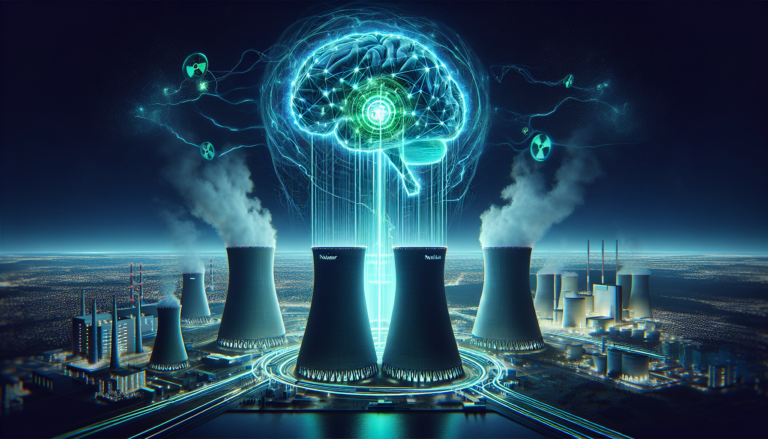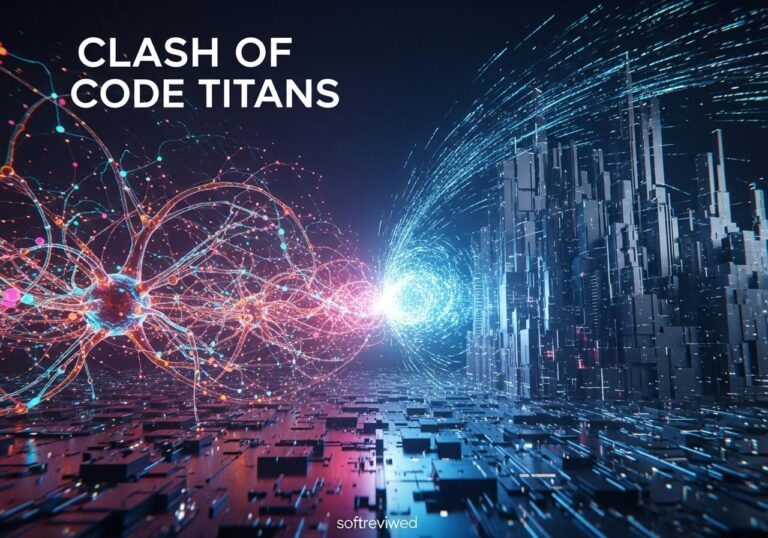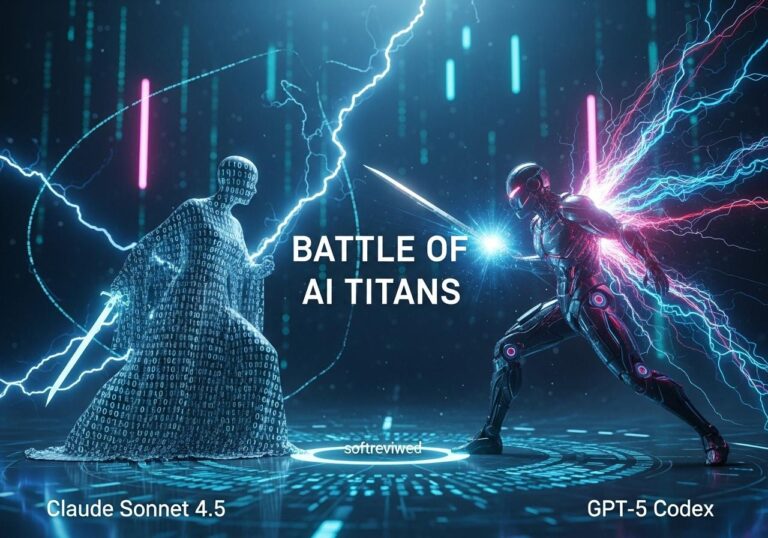AI’s Growing Energy Demand and Nuclear Power Revival
The surge in AI development is driving unprecedented energy needs, leading to a renewed interest in nuclear power.
AI’s Energy Demand
Rapid AI growth is causing an unprecedented increase in energy demand, with large AI models consuming electricity comparable to entire cities.
Nuclear Power Revival
The AI industry is driving a nuclear power revival, with tech companies and Silicon Valley billionaires investing in nuclear energy to meet AI’s energy needs and environmental goals.
OpenAI’s Energy Needs
OpenAI plans 5-gigawatt data centers, each requiring power equivalent to five nuclear reactors, rivaling the energy needs of major cities.
Investment Surge
Significant investments and partnerships in the nuclear energy sector, with companies like Oklo experiencing increased demand from tech giants seeking cleaner, reliable energy.
Environmental Challenges
AI’s growing energy demand highlights environmental challenges, including increased carbon emissions and water consumption, making nuclear power an appealing cleaner energy option.
Energy Capacity
AI energy demand outstrips renewable energy capacity, leading to focus on existing nuclear plants and new nuclear technologies to meet future energy needs.
In a bold move that underscores the growing energy demands of artificial intelligence, OpenAI is reportedly exploring the use of nuclear power to fuel its operations. This development highlights the intersection of two cutting-edge technologies – AI and advanced nuclear reactors – and raises important questions about the future of sustainable energy in the tech industry.
The Nuclear-Powered AI Revolution
OpenAI, the company behind ChatGPT and other groundbreaking AI models, is in talks to purchase "vast quantities" of energy from Helion, a nuclear fusion startup chaired by OpenAI CEO Sam Altman . This potential deal represents a significant shift in how tech companies approach their energy needs and could set a precedent for the industry.
Why Nuclear Power for AI?
The push towards nuclear energy is driven by several factors:
Massive Energy Demands: Advanced AI systems require enormous amounts of computational power, translating to substantial energy needs .
Clean Energy Goals: Nuclear power offers a carbon-free alternative to fossil fuels, aligning with tech companies' sustainability targets .
Reliability: Unlike intermittent renewable sources, nuclear power can provide consistent, baseload energy crucial for AI operations .
- Scalability: Next-generation nuclear technologies promise to deliver large amounts of power from relatively small facilities .
The Helion Connection

Helion, the company at the center of this potential deal, is not your typical nuclear power provider. Here's what sets them apart:
Fusion, Not Fission: Helion is developing nuclear fusion technology, which promises even cleaner and safer energy than traditional nuclear fission .
Ambitious Timeline: The company aims to have a fusion power plant operational by 2028, coinciding with OpenAI's projected energy needs .
Novel Approach: Helion's technology uses deuterium and helium-3 as fuel, differentiating it from other fusion efforts .
- Altman's Involvement: OpenAI CEO Sam Altman has personally invested $375 million in Helion, highlighting his belief in the technology .
The Bigger Picture: AI's Energy Challenge
OpenAI's interest in nuclear power is symptomatic of a larger trend in the AI industry. As models become more complex and applications more widespread, energy consumption is skyrocketing.
The Scale of the Problem
- AI training can consume as much energy as small countries .
- Data centers, which power AI operations, already account for about 1% of global electricity use .
Potential Solutions
Advanced Nuclear: Small modular reactors and fusion technology offer promise for clean, scalable energy .
AI Efficiency: Researchers are working on more energy-efficient AI algorithms and hardware .
Renewable Integration: Some companies are exploring hybrid solutions combining nuclear with renewables like solar and wind .
The Road Ahead: Challenges and Opportunities
While the prospect of nuclear-powered AI is exciting, it's not without challenges:
Regulatory Hurdles
- Nuclear power, especially new technologies like fusion, face stringent regulatory oversight .
- AI applications in nuclear facilities will require careful consideration and new regulatory frameworks .
Public Perception
- Nuclear energy still faces skepticism from some quarters due to historical accidents and waste concerns .
- Companies will need to engage in public education and transparency efforts.
Technological Readiness
- Fusion technology, while promising, is still unproven at commercial scale .
- The timeline for deployment may be optimistic and subject to delays.
The Potential Impact
If successful, the marriage of AI and advanced nuclear power could have far-reaching consequences:
Accelerated AI Development: Abundant clean energy could remove a major bottleneck in AI research and deployment .
Climate Benefits: Shifting AI's massive energy needs to carbon-free sources could significantly reduce tech's carbon footprint .
Energy Innovation: The demands of AI could spur further advancements in nuclear and other clean energy technologies .
- Economic Implications: New energy solutions could reshape the competitive landscape in both the tech and energy sectors .
How Might AI’s Energy Needs Impact Its Handling of Sensitive Nuclear Information?
As AI technologies advance, their energy requirements may influence the security protocols around sensitive nuclear information. With increased computational power needed for tasks like anthropic tests ai nuclear information, ensuring robust safeguards becomes crucial. Balancing energy efficiency and security will be vital to prevent potential vulnerabilities in handling critical data.
Conclusion: A Glimpse into the Future
OpenAI's exploration of nuclear power for its energy needs represents more than just a business decision. It's a glimpse into a possible future where cutting-edge AI and advanced clean energy technologies evolve in tandem, each driving the other forward.
As we stand on the brink of this potential revolution, it's clear that the path forward will require careful navigation of technological, regulatory, and public perception challenges. But if successful, the fusion of AI and nuclear power could mark a significant step towards a more sustainable and technologically advanced future.
The coming years will be crucial in determining whether this vision becomes reality. As OpenAI and other tech giants grapple with their growing energy needs, the choices they make today could shape the landscape of both AI and energy for decades to come.







